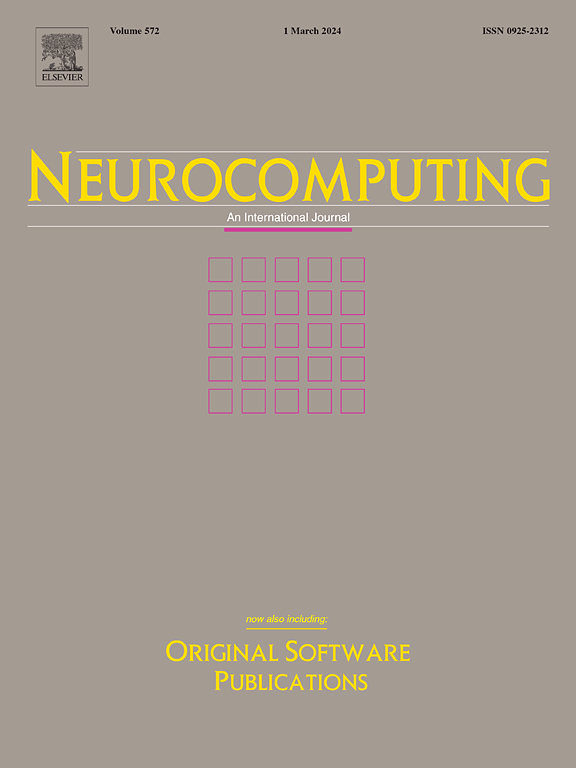基于多片段时空学习的野外动态面部表情识别
IF 6.5
2区 计算机科学
Q1 COMPUTER SCIENCE, ARTIFICIAL INTELLIGENCE
引用次数: 0
摘要
野外动态面部表情识别(DFER)是情绪识别研究中的一项重大挑战。许多研究侧重于提取更精细的面部特征,却忽视了噪声帧对整个序列的影响。此外,短期和长期时间关系之间的不平衡问题仍未得到充分解决。为了解决这些问题,我们提出了多片段时空学习(MSSL)框架,利用不同的时空建模来提取片段特征,从而在捕捉更精细的细节的同时,更准确地模拟微妙的面部表情变化。我们还引入了一个双分支分层模块--双时多片段增强(BTMSE),旨在捕捉时空依赖性,并有效地模拟不同片段之间的微妙视觉变化。时空变换器进一步加强了对长期依赖关系的学习,而可学习的时空位置嵌入则确保了片段和融合特征之间随时间变化的一致性。通过利用 (2+1)D 多片段时空建模、BTMSE 和时空变换器,MSSL 分层次地探索了时间动态与面部表情之间复杂的相互关系。对比实验和消融研究证实了我们的方法在三个大规模野外数据集上的有效性:DFEW、FERV39K 和 MAFW。本文章由计算机程序翻译,如有差异,请以英文原文为准。
Dynamic facial expression recognition in the wild via Multi-Snippet Spatiotemporal Learning
Dynamic Facial Expression Recognition (DFER) in-the-wild poses a significant challenge in emotion recognition research. Many studies have focused on extracting finer facial features while overlooking the effect of noisy frames on the entire sequence. In addition, the imbalance between short- and long-term temporal relationships remains inadequately addressed. To tackle these issues, we propose the Multi-Snippet Spatiotemporal Learning (MSSL) framework that uses distinct temporal and spatial modeling for snippet feature extraction, enabling more accurate simulation of subtle facial expression changes while capturing finer details. We also introduced a dual-branch hierarchical module, BiTemporal Multi-Snippet Enhancement (BTMSE), which is designed to capture spatiotemporal dependencies and model subtle visual changes across snippets effectively. The Temporal-Transformer further enhances the learning of long-term dependencies, whereas learnable temporal position embeddings ensure consistency between snippet and fused features over time. By leveraging (2+1)D multi-snippet spatiotemporal modeling, BTMSE, and the Temporal-Transformer, MSSL hierarchically explores the complex interrelationships between temporal dynamics and facial expressions. Comparative experiments and ablation studies confirmed the effectiveness of our method on three large-scale in-the-wild datasets: DFEW, FERV39K, and MAFW.
求助全文
通过发布文献求助,成功后即可免费获取论文全文。
去求助
来源期刊

Neurocomputing
工程技术-计算机:人工智能
CiteScore
13.10
自引率
10.00%
发文量
1382
审稿时长
70 days
期刊介绍:
Neurocomputing publishes articles describing recent fundamental contributions in the field of neurocomputing. Neurocomputing theory, practice and applications are the essential topics being covered.
 求助内容:
求助内容: 应助结果提醒方式:
应助结果提醒方式:


